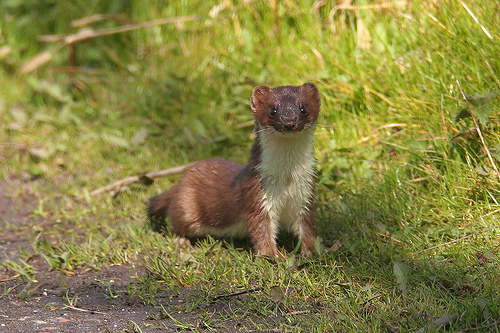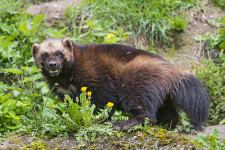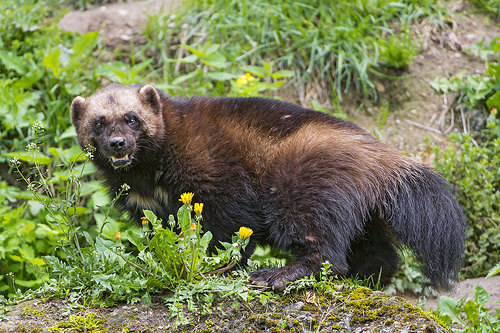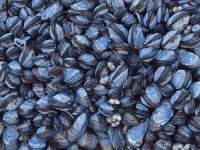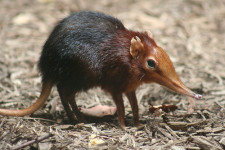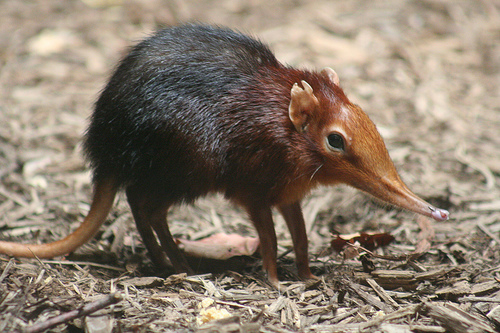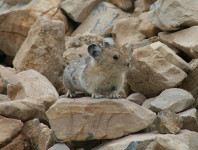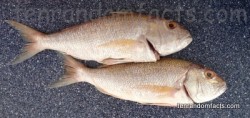
A snappy Australasian snapper.
- Australasian snappers are fish native to the ocean near Australia, China, Indonesia, Japan, Philippines, Taiwan and New Zealand.
- ‘Australasian snappers’ are also known as ‘silver seabreams’, ‘snappers’, ‘cocknies’, ‘pinkies’, ‘queens’, ‘schnappers’ and ‘ruggers’.
- The scientific name of an Australasian snapper is Pagrus auratus, from the family Sparidae, the family of sea bream, and despite its common name, it is not technically a snapper.
- Australasian snappers can be found in waters near the coast, around underwater rocky landscapes, among reefs, and in depths of up to 200 metres (656 feet).
- The lifespan of Australasian snappers can reach from 40 to 54 years; and young females may develop into males by adulthoood, although this is not common in some areas.
- Australasian snappers generally grow between 40 to 130 centimetres (16 to 51 inches) in length, and weigh between 10 to 20 kilograms (22 to 44 pounds).
- Australasian snappers are among the most commonly eaten fish by humans in countries where they are found nearby, such as Australia.
- The diet of Australasian snappers generally consists of crabs, shrimp, starfish, other fish, sea urchins and shellfish.
- Australasian snappers can have scales ranging from red, pink, grey, silver or gold in colour, and mature adults develop an obvious hump on the top of their head.
- Australasian snappers often cannot be legally caught for human consumption if they are less than 35 centimetres (14 inches) in length; and this is to prevent over-fishing so as not to damage the population of fish.
Bibliography:
Snapper, 2014, PIRSA Fisheries, http://www.pir.sa.gov.au/fisheries/recreational_fishing/target_species/snapper
Snapper, Pagrus auratus (Bloch & Schneider, 1801), 2014, Australian Museum, http://australianmuseum.net.au/Snapper-Pagrus-auratus-Bloch-Schneider-1801
Silver Seabream, n.d, FishBase, http://fishbase.sinica.edu.tw/summary/6426
Australasian Snapper, 2014, Wikipedia, http://en.wikipedia.org/wiki/Australasian_snapper






